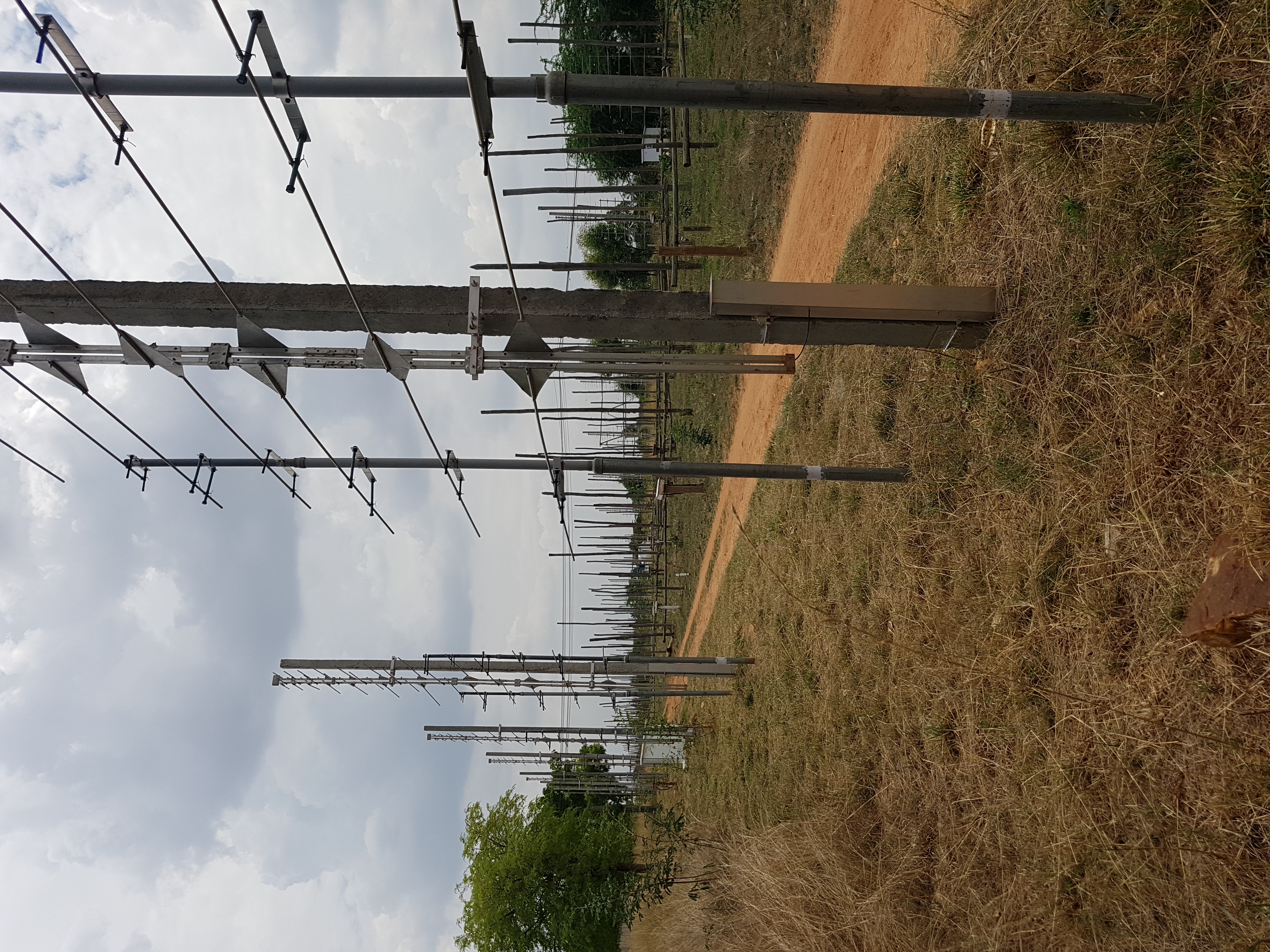Astronomy @Gauribidanur
Danny in Indiareis 2018 2018-05-10 17:42, laatste update 2020-09-30 13:00
We are heading to the Gauribodanur Observatory today. Gauribidanur is located roughly 100 km north of Bengaluru so we had to get up early to enjoy a 2.5 hour busride. Luckily the hotel was so nice to prepare breakfast half an hour earlier then they normally do, so we all had our Idlis and our Rasam. Energized for an exciting tour on the bus...
The observatory is part of a campus that also hosts a section of the Indian Atomic department. Therefore, photography was restricted in certain parts. After being welcomed with freshly made chai, we received two talks from scientists who work at the observatory. The first comprised of a small introduction about the physics of the sun and what information can be gained from looking at the radiospectrum emitted by the sun. The main expertise of the Gauribidanur Observatory is coronal mass ejections. They cause disruption on earth and in space. The aviation industry and satellites get disturbed by them, hence it is useful to know when they eject so you can take precautions.
After the first two talks, they showed us the radio antennas. The radio antenas are located in a field in a T shape where the long arm is about 2.5 km and the short arm about 1 km. Roughly every 7 to 10 meters you can find an antenna that is a few meters wide and high. The setup is huge and it takes a while to see it entierly.

A good way to enjoy a bit of the sun.
After the field visit we got lunch from the institute. It was served in a small pagoda where there was just enough space for everybody, but it all fitted. Five minutes after we sat down for lunch, the weather changed to heavy rain! The nice open pagoda led us all to flock in the middle to prevent us from getting wet. That didn't work out that well. Some of us even wore a poncho.
After lunch we enjoyed another 3 talks. This time about the technical details of signal processing of the antenna and one from a PhD student who is also working on the coronal mass ejections. The last talk of the day was an extra talk from the Raman Research Insitute that also has a office on the Gauribidanur campus. He told us about their quest to get information about the cosmic dawn and about some exciting measurements they will do in the upcoming weekend to confirm a recent nature paper concerning the origin of the universe. He was however skeptical about the possibillity of reproducing them. We will see.
After a 3 hour bus ride back to Bengaluru, where even the ambulances are stuck in traffic, dinner and Bengaluru nightlife is waiting for us! See you tomorrow!